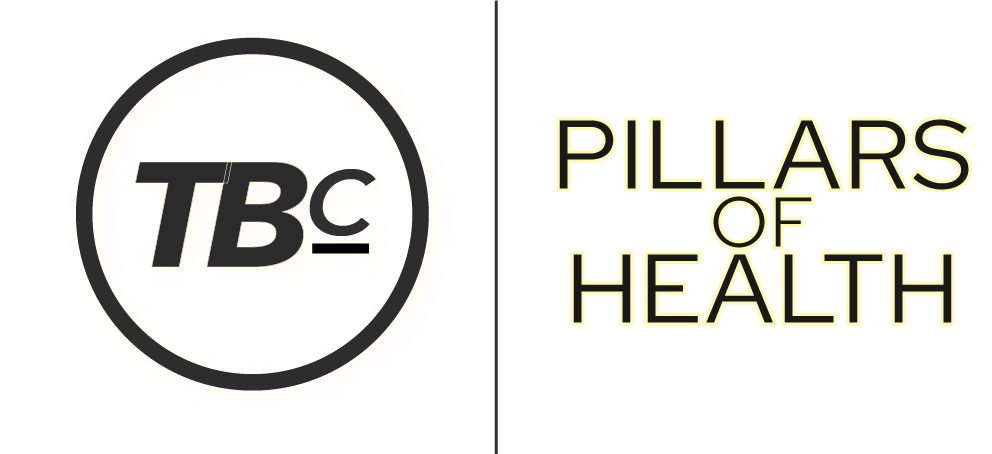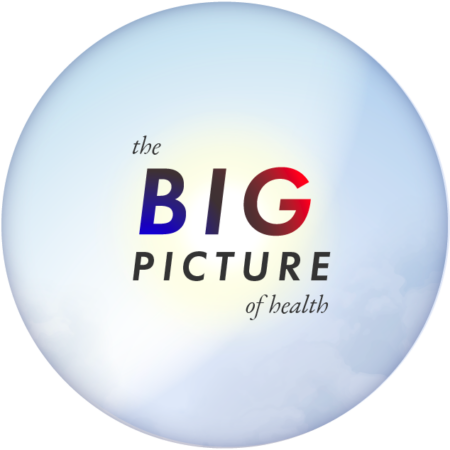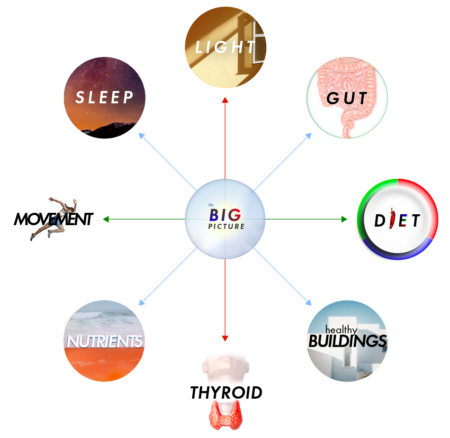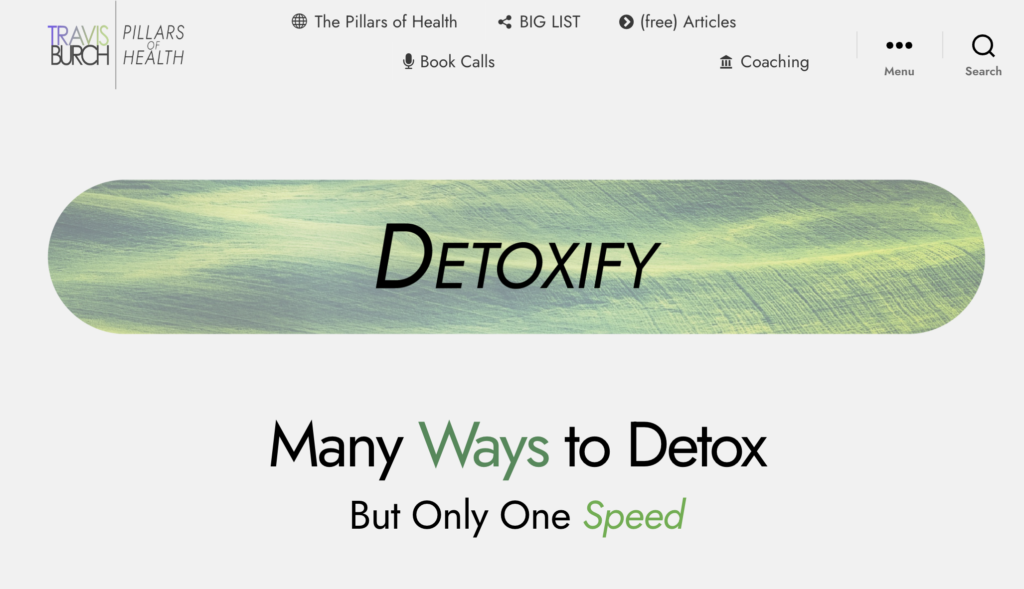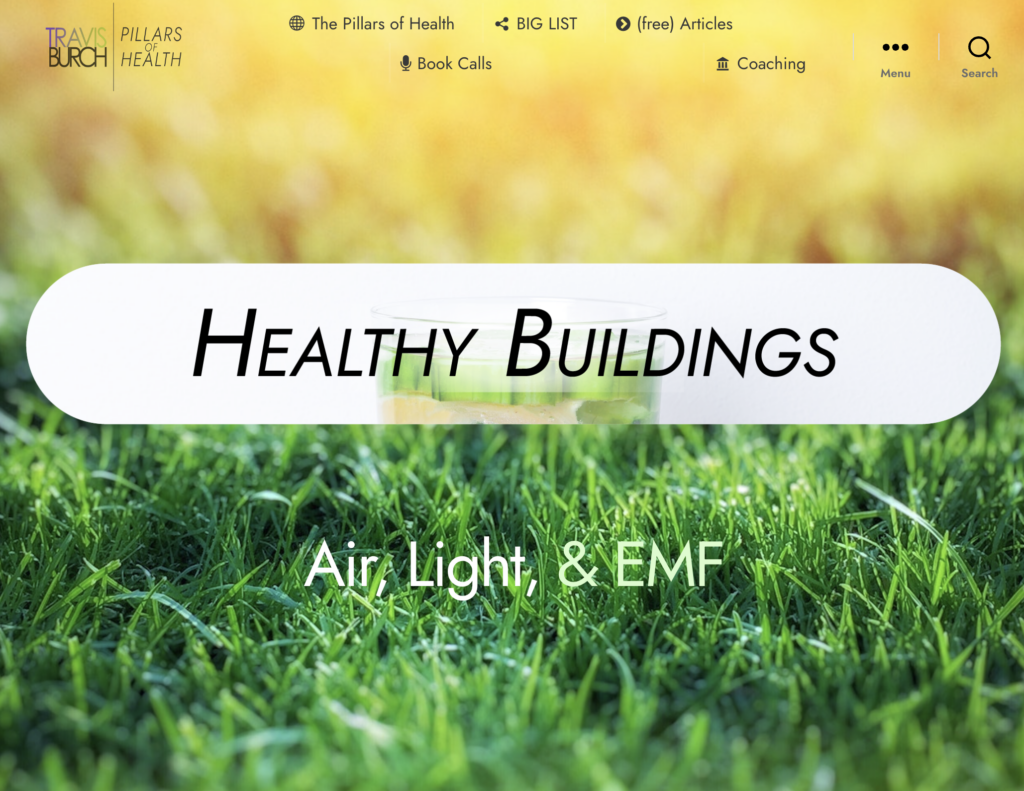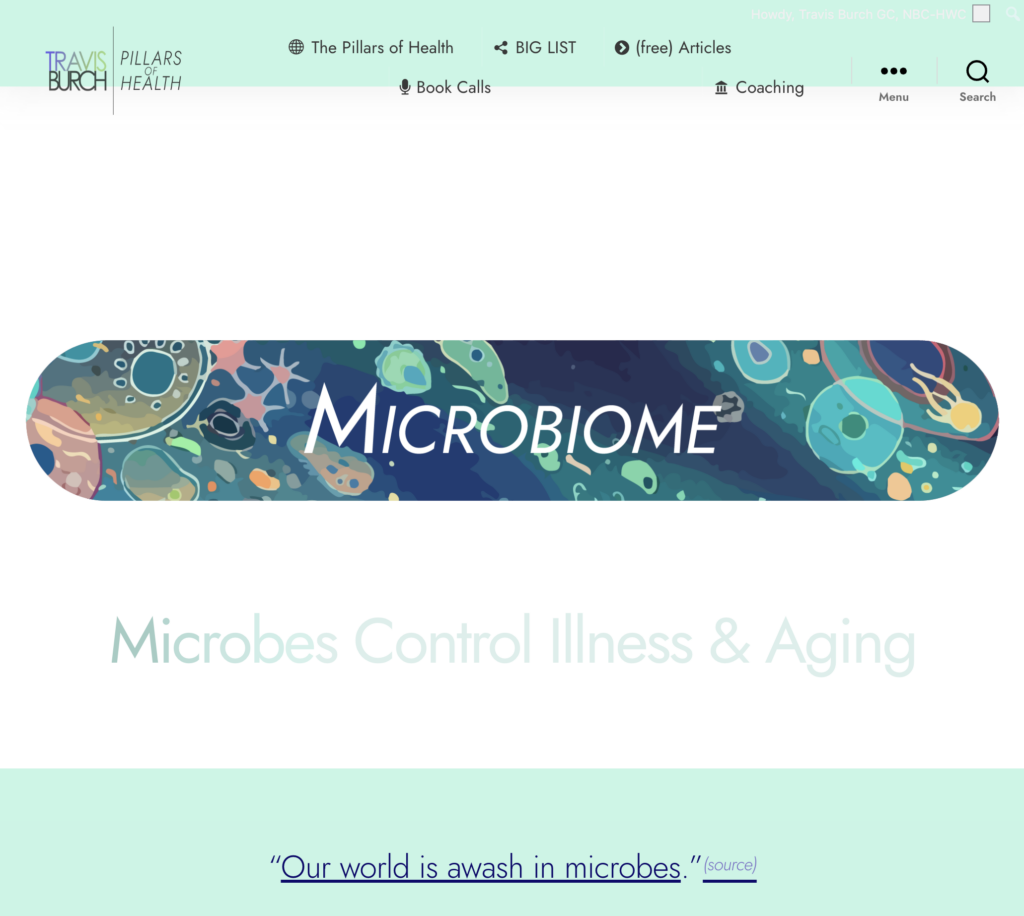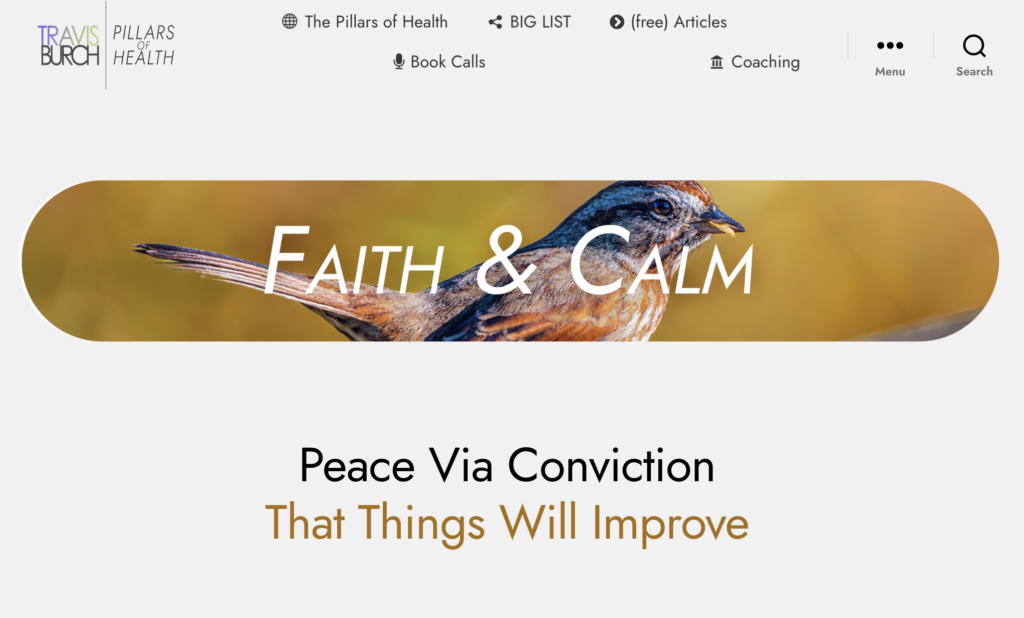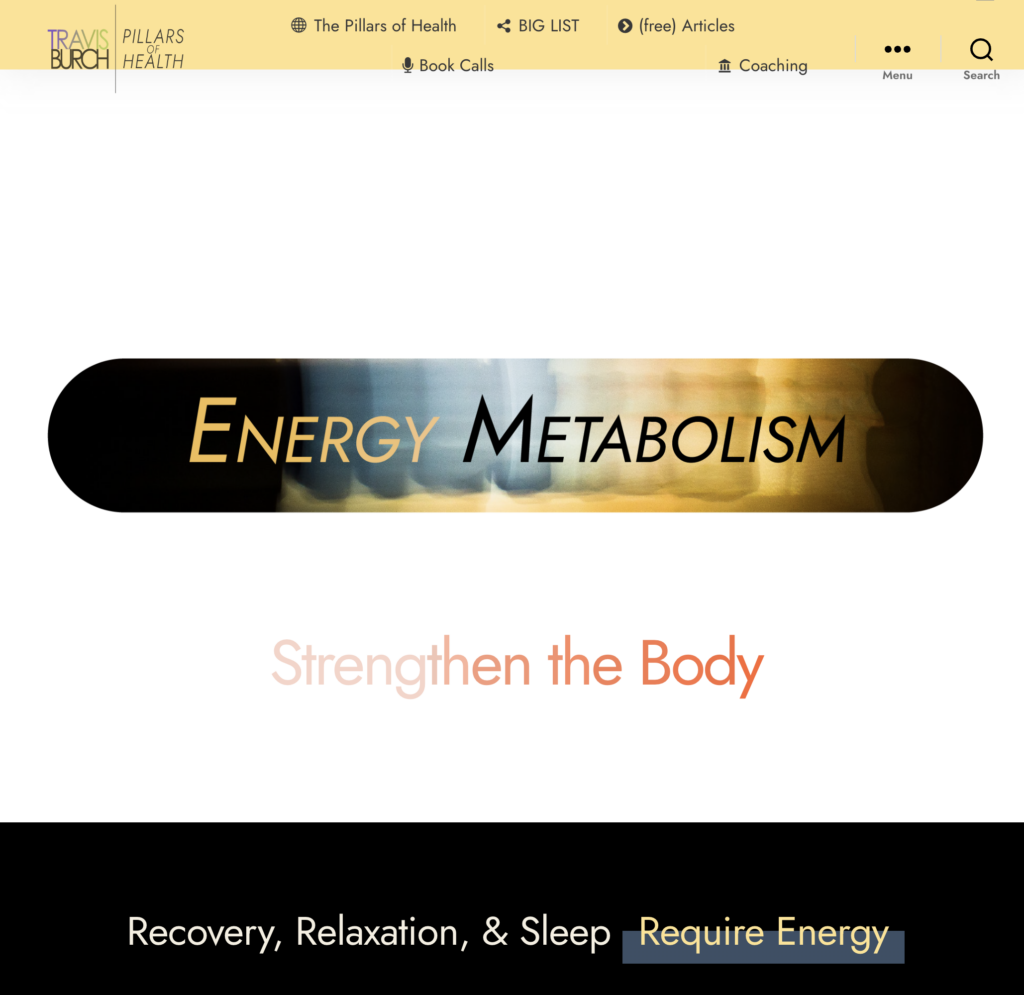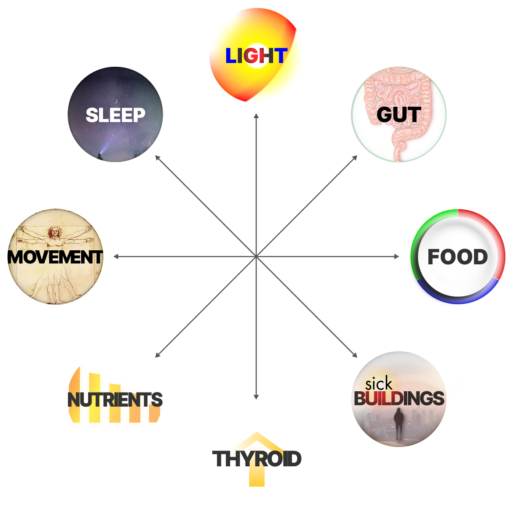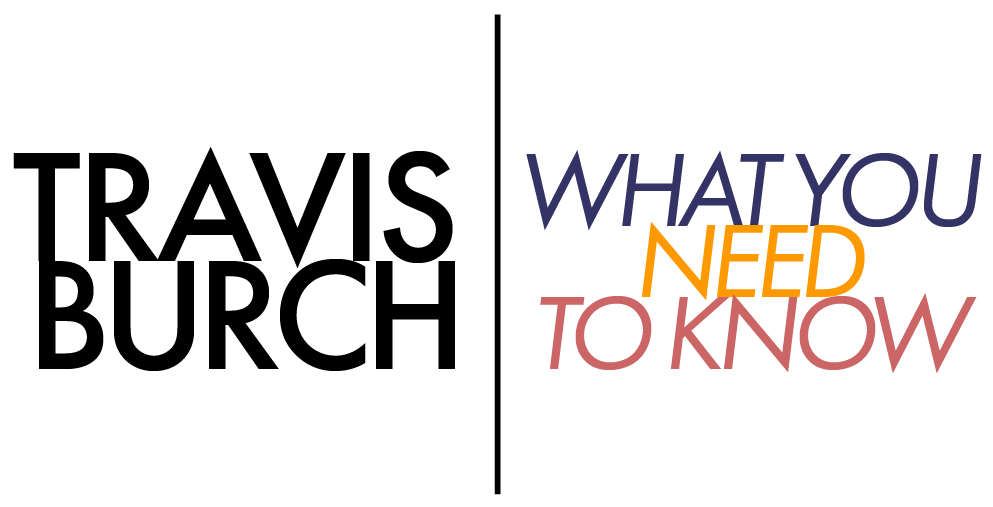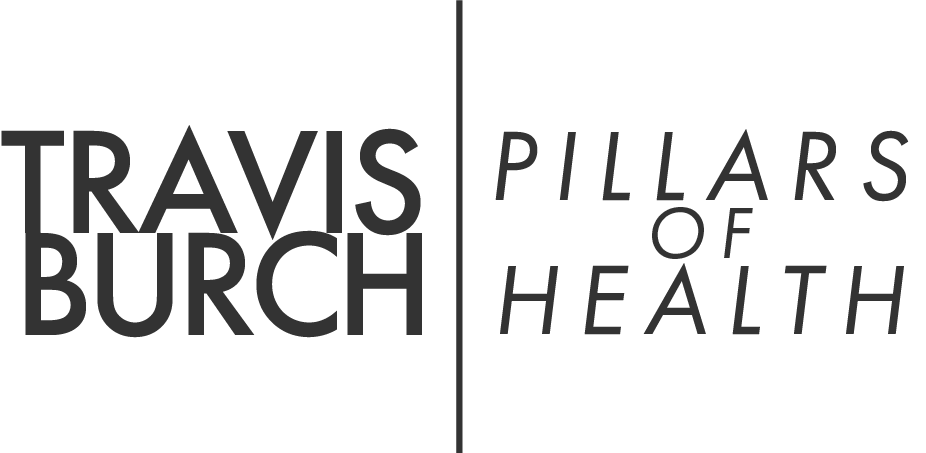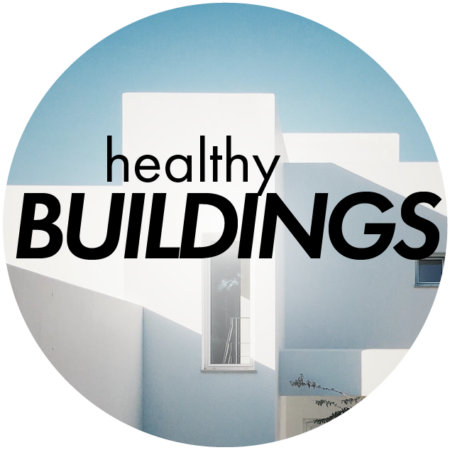My song and dance have changed on this topic.
In the past, I didn’t want to discuss — at least not pre-emptively — some very important elements of my own health recovery. For multiple reasons, too.
First, some of this stuff has felt like a heavy burden on my life. How to tell when someone is ready for these topics?
Second, I prided myself for not participating in the fear-mongering I see all over social media.
And third, for a long time, I wasn’t sure if other people were truly as affected, as much as I was, by environmental health.
Ultimately, and this ties into #1 and #2, I didn’t want to make people afraid of something if they weren’t ready to think about it.
These days, I’m seeing it all differently:
However, here’s what I’ll say before we dive in.
Building health — and environmental health, in general — is usually one of the latter things you should worry about in your health, for most people.
Why? Because it’s, by definition, at least at first, larger than yourself. The health of a building is often outside of our immediate control. Especially before we understand it fully.
Better yet, why rush to worry about “big things” that we can’t change immediately?
When buildings are large, expensive — or owned by others — it’s not simple to fix (complicated) problems like mold or EMF.
It’s much, much easier to move — to pack your things and leave — than it is to rectify problems in a building we don’t own, or can’t afford, or don’t know how to improve.
Of course, moving — changing houses, or jobs, even — is a complex solution, too.
We don’t rush into this discussion lightly! It’s not entertainment, that’s for sure.
Some good news: Not all building health challenges are overwhelming. Many challenges with buildings can be improved.
There are definitely low-hanging fruit — easy steps — that you can do, this week, that can help you, no matter your situation.
For instance:
You can improve your light environment by using different light bulbs during the day and evening, and going outside into the sun.
You can improve your air quality by opening windows, lowering humidity, stopping an ongoing leak, cleaning and dusting, using products with fewer fragrances, or encapsulating a crawl space.
And you can improve your EMF load by using speaker phone mode, not sleeping by your phone, using less smart devices, turning off your router at night (and by reducing its power output).
Of course, you could have larger issues than these steps will address!
And we will tackle those larger issues, below. Yes, you may need to tackle these larger issues to recover your resilient vibrant health — but maybe you don’t!
As we stated above, it doesn’t make sense to begin with the biggest challenges — things you cannot change immediately. Why start there? Why even worry about those kind of things? I wouldn’t.
If I were you, I’d start with the easy things — the low-hanging fruit. See how far these steps can take you toward a healthy home or building.
If the low-hanging fruit doesn’t correct your health problems, you can explore the big stuff later. After you have a solid start, and experience, and know more about yourself in relation to these topics.
This page will be divided into two sections: First, the low-hanging fruit (start here!) and, then, the deeper issues you might have to deal with later (if necessary).
Table of Contents
These steps are doable. They can make a difference in how you feel. They can also give you insight — clarity — into just how affected you are by these matters, and whether it’s worth it to dive deeper at some point.
Our buildings trap air more than ever. And it’s by design! Trapping air means less heating/cooling costs. But it also means unwanted compounds can build up in our living and working spaces.
Chemicals
There are over 80,000 untested chemicals in the American economy. Plenty are linked to serious health outcomes.
Fragrances seem inocuous, but the research on them is damning. Chemicals involved in fragrances are carcinogenic and, here’s a new one, even diabetogenic — they directly cause diabetes.
Beyond that, any chemical can sensitize the body to itself. Meaning, the more we’re exposed to it, the more unhappy the body becomes. When this happens, inflammation is the response. And if your home has compounds that cause inflammation, inflammation can be a constant in your life.
This is undesirable because chronic inflammation can wreak havoc on vital organs, including the liver and kidneys, gut, and brain.
Even more, inflammation — when chronic — blunts thyroid function, nutrient absorption, and hormonal production, too. If chemicals in our homes are causing this type of chronic immune resopnse, it spells bad news for long-term health outcomes.
You can reduce chemical exposure in the home. Keep cleaning chemicals in a garage, or in a closed bin — and use less toxic cleaning products (like Vital Oxide).
And of course, products with less — or no — fragrances. Laundry products are notorious offenders, here. Scent bombs and fabric softeners (even the “natural” seeming kinds) are loaded with chemicals that research does show is quite toxic to the body.
Mold
Mold can be a source of chemicals in homes! Mold’s VOCs are chemicals, and they can be extremely noxious. The big danger zones are under sinks (leaks), showers (leaky or grimey), and HVAC systems (heating and cooling).
SINKS — Make sure you have no active leaks. Place a cookie sheet pan in every cabinet to catch water drips, so they won’t cause mold to grow and rot through cabinets.
SHOWERS — The best thing to do is control humidity after the shower. Exhaust fans are part of building code now, and should be used wherever possible. All excess humidity should be removed from a space after the shower. Leave the shower and bathroom doors open in between showers. If no exhaust fan, open a window to release humidity. If humidity is still an issue, consider a dehumidifer for the home. Also keep your shower clean. Scrape dirty or broken caulking, replacing with a 100% silicone product. Silicone belongs at every change of plane in a shower.
HVAC — Heat and cooling systems by nature draw in dust and mold spores. Cooling systems create moisture (evaporative cooling) through condensation. This condensation can feed the mold spores and even bacteria, which will grow in the handler. To combat this, have your handler cleaned annually, and have a UVC light installed, to radiate the coils with sterilizing light. Chnage your filter frequently, and to reduce organic matter in the system, use a MERV 11 filter or higher.
CLEANING — If you find any evidence of mold — anywhere — the cleaning process is simple: Spray and kill it with Vital Oxide. Multiple coats is a good idea. Clean the surface with a microfiber towel. If the mold has grown very long, thoroughly clean any adjacent objects or throw them away. Non-porous items are more cleanable and salvageable. Be careful not to cross-contaminate the rest of your house with mold: close up the trash bag and toss contaminated items, wash your hands, take a shower.
After the area has been cleaned and any exposed items removed (if necessary), spray surfaces down with Concrobium. Concrobium will leave an unsightly white film on surfaces, so only use it where aesthetics are not an issue.
Humidity
The first step toward understanding humidity is a cheap humidity meter!
It’s simple to buy, use, and monitor your home’s humidity. Put one in two or three places around the house, in areas you’ll naturally look at.
As you go, you’ll see how humidity rises and falls during the day and as the weather changes.
And if you have a problem, you’ll know how to solve it. Do you need a dehumidifier? Or does opening a window help?
Opening Windows
Perhaps the simplest way to improve air quality for most people is to open a window.
Outside air is almost always fresher than indoor air — except for some urban areas.
If you’ve got a mold problem — or a chemicals problem — in your home, especially one you can’t fix immediately, open a window.
Even cracking a window can help the air turn over quickly in a home, over the course of a couple hours. And it can make a huge difference in your air quality!
There’s a reason buildings are built so tightly these days: small cracks let out a LOT of air.
Opening multiple windows, especially in different areas, can create a draft that can change your building’s air rapidly. Even two cracked windows is enough to dramatically change the quality of the air.
Of course, also check your local weather: What’s the humidity outside? If high enough, you’ll want to make sure you’re not raising indoor humidity too much. Open windows are most effective on days or nights when humidity is lower. Nighttime often has lower humidity than daytime.
We spend more time than ever indoors — not only breathing bad air, but receiving unhealthy light.
The main thing — that makes light unhealthy — is this: excessive blue light, without the other spectrums to balance it — especially red and infrared.
Remarkably, each spectrum of light does some remarkable things to the body.
For instance, the UV-B spectrum raising the body’s Vitamin D levels.
Red light promotes hair growth, wound healing, and blood flow.
And blue light boosts brain function, stress hormones — and depletes melatonin (the hormone of sleep).
During the day, the trouble is not blue light, per se, it’s the fact that it’s unbalance with other spectrums — like red and infrared — leading to unbalanced brain function and hormonal output, and higher stress reponse, which isn’t good for the body, long-term.
During the evening, however, blue light does its most damage. By suppressing your melatonin for hours, your sleep quality is reduced — whether you know it or not.
It gets worse, suppressed melatonin weakens our immunity, weakens our gut health, and makes us more likely to develop diabetes.
Remember the chronic inflammation we mentioned in the Air section (above)? Blue light at night causes all-day long inflammation, too, wreaking havoc on our organs, hormones, and, therefore, longevity.
Part of the wired-yet-tired generation we’re living in is excessive blue light — both during the day, but especially at night.
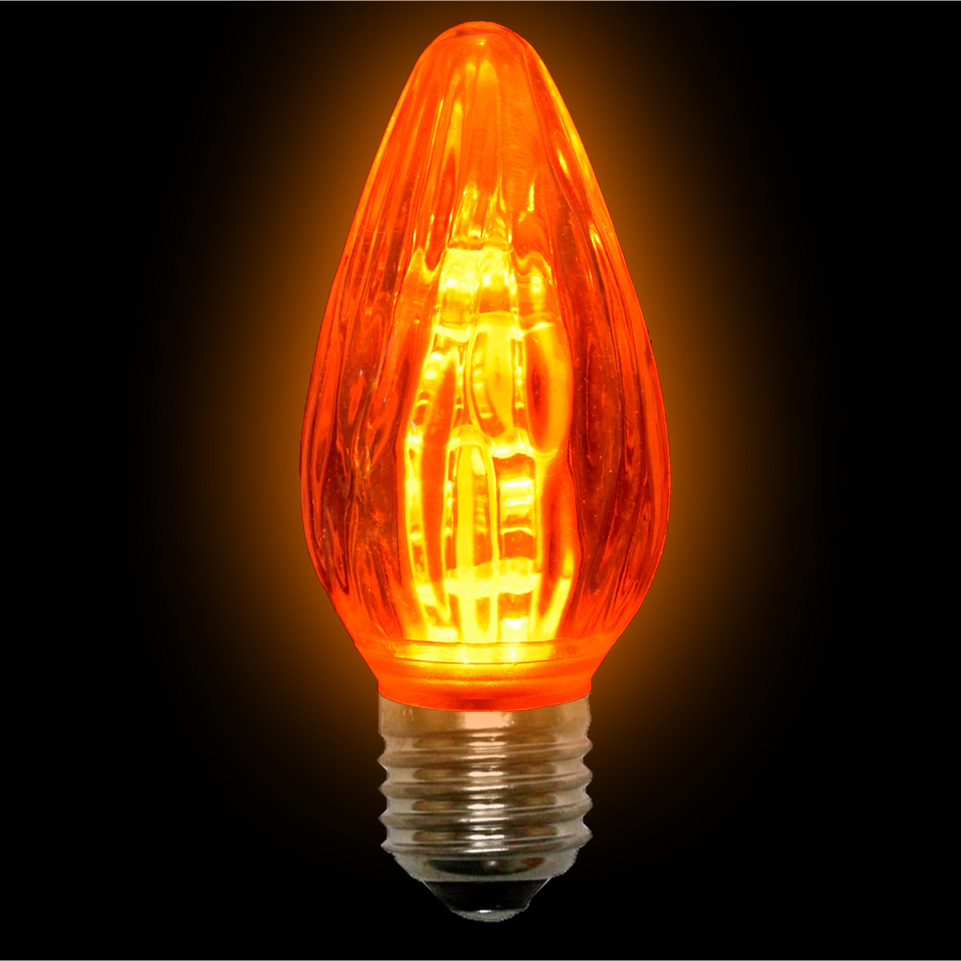
Here are the low-hanging fruit action steps you can take to reduce blue light at night:
- Have lamps — or outlet-controlled fixtures — in each room with lower-wattage amber-, orange-, or red-colored bulbs
- Change your TV to a dimmer, warmer color setting at night.
- In the eveining, wear yellow, orange, amber, or red sunglasses, especially when outside the home, in spaces with brighter lights. (Zenni.com for affordable Rx lenses).
- On your computer, run F.lux app to lower the color temperature
The one constant about EMF, like mold, is that it attracts — and promulgates — fear-mongering.
I, personally, don’t believe in that. I don’t think it helps anyone. It certainly doesn’t help me. I don’t think it helps my clients, and I don’t think it helps the debate on the topic.
Fear-mongering creates passionate, emotional zealots you will never be taken seriously. It actually fuels resistance, which keeps the status quo. As a wise teacher once said: “The emotion of the solution is not the emotion of the problem.” Fear doesn’t lead to healing, or solutions, or a life worth living — and if anyone starts talking in a fear-drenched way about EMF, I personally tune them out.
Okay, that’s out of the way.
My reality has been one of pretty severe EMF-sensitivity, ever since 2015.
My health challenges began somewhere around 2009. Long before I ever heard of EMF.
My thinking — and what I’ve seen with countless clients — is that, just like the body can be sensitized to chemicals, it can be sensitized to wavelengths of light (radiofrequency), which is what wireless radiation is. It’s only light, but it can penetrate deep into our bodies.
There are two other types of EMF, too: electric fields (electrons shooting off of currents), and magnetic fields (magnetism around currents).
I know the body can become sensitized to all three types: RF, e-fields, and magnetic. I’ve experienced it.
Research shows some interesting things happen when exposed to RF: calcium efflux occurs, where calcium rapidly shuttles out of cells. This is a marker of stress in the cell, and it’s not good when it happens continually.
As calcium leaves cells, concentration of other minerals — and water — probably drops too, to keep homeostasis. This could explain why so many EMF sufferers experience symptoms resembling unquenchable dehydration: Not just as heavy thirst, but also weakness, fatigue, and insomnia. Improving electrolyte balance seems to help in many cases.
But as the body becomes stressed — and loses hydration status — our old friend inflammation can set in. Nutrients are blocked, sleep can be deeply disrupted, and the brain and gut can respond negatively. When bad enough, it can present as a near-total debilitation: mind and body are shutting down, as a result of an invisible enemy.
There is one, perhaps odd, common phenomenon in so many EMF sufferers: exposure to mold.
The exposure to mold’s mycotoxins can clearly result in a sensitization to mold compounds. Yes, there is a toxic component to these toxins, and the body learns to react when near them.
Well, many, many people suspect that exposure to mold can exacerbate and expedite sensitivity to EMF.
Mold has always been an issue in civilized society, but it’s becoming worse for three reasons: old buildings never stop aging and being damaged from new moisture exposure, new buildings are built with mold-friendly products, and heating/cooling systems grow mold easily.
So while we’re seeing a, perhaps, rapid rise in mold, we’ve also seen an exponential explosion of EMF exposure since 2005. We are often exposed to — literally — millions of times more EMF than we were in the “aughts” (the 2000s).
Read that again! We are often exposed to millions of times more EMF than in the 2000s.
Not only is mold exposure increasing — with tighter-built homes trapping the air inside — but exposure to EMF has risen much, much more.
At some point I will try and defend the science that points to reasons why various sources of EMF might harm people, but I won’t do that now.
Suffice to say these two things:
I personally have felt the sensation that comes from exposure to various sources of EMF, and it was not benign to me.
It is absolutely clear that when exposure is high enough, harm can happen — this is not debated. The question is whether our current exposure levels are high enough to cause problems (and further, whether people who claim to feel things actually can.
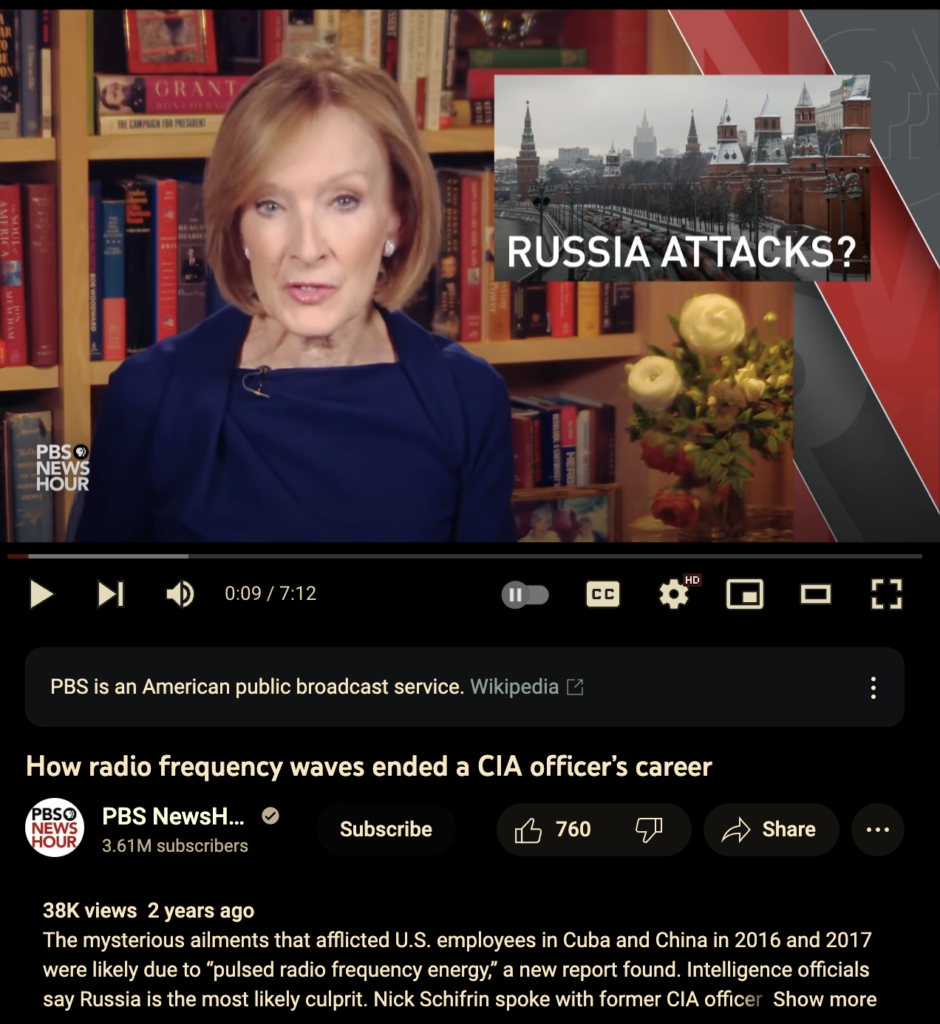

From the study: ‘”We believe that the link between radio frequency radiation and tumors in male rats is real, and the external experts agreed,” said Bucher.’
More:
‘These studies did not investigate the types of RFR used for Wi-Fi or 5G networks.
“5G is an emerging technology that hasn’t really been defined yet. From what we currently understand, it likely differs dramatically from what we studied,” said Wyde.’
To recap my stance on EMF, I’ve personally seen my health affected by EMF (and turned around by limiting it), and when strong enough, high exposures do seem to — scientifically — cause some type of harm.
Before moving on, I think I’ll leave five studies for you. They demonstrate scientific evidence that EMF is capable of doing something to humans. I don’t list these to try and disprove anyone — I don’t argue with folks anymore about much of anything (my personal path to health). I do list these to help support you if you’re feeling the effects of EMF, and need some re-assurance that you’re not alone, and no, you’re not going crazy.
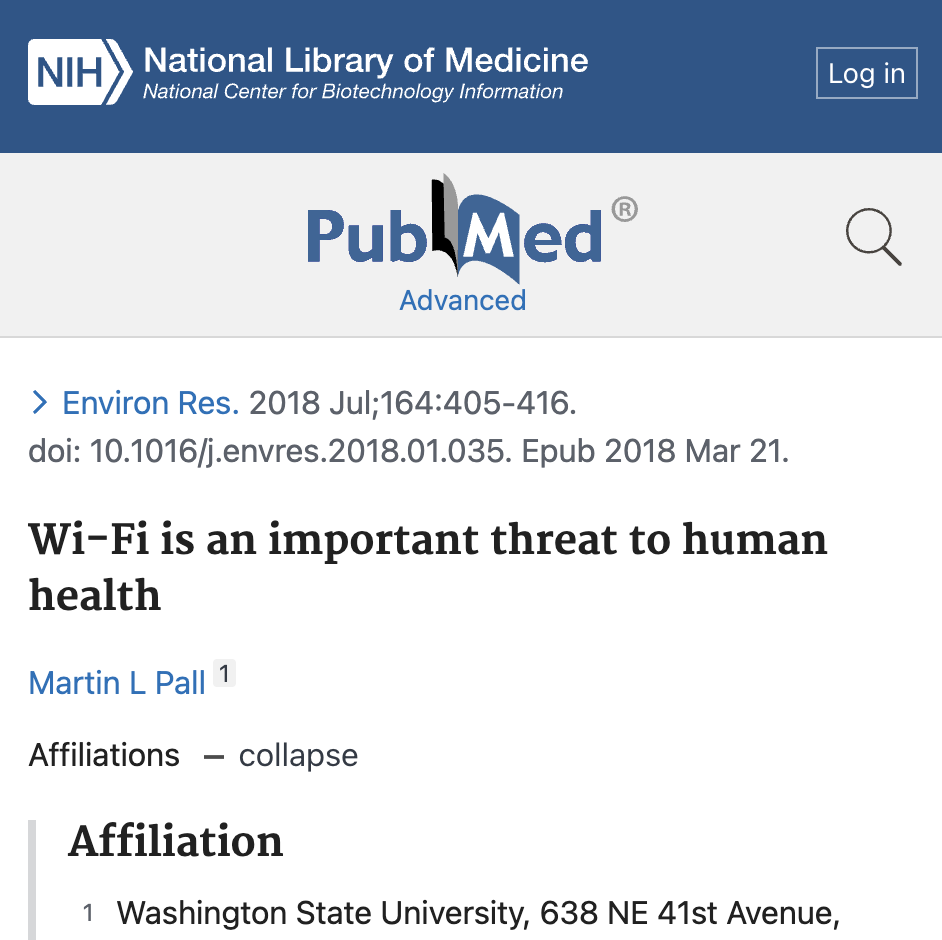
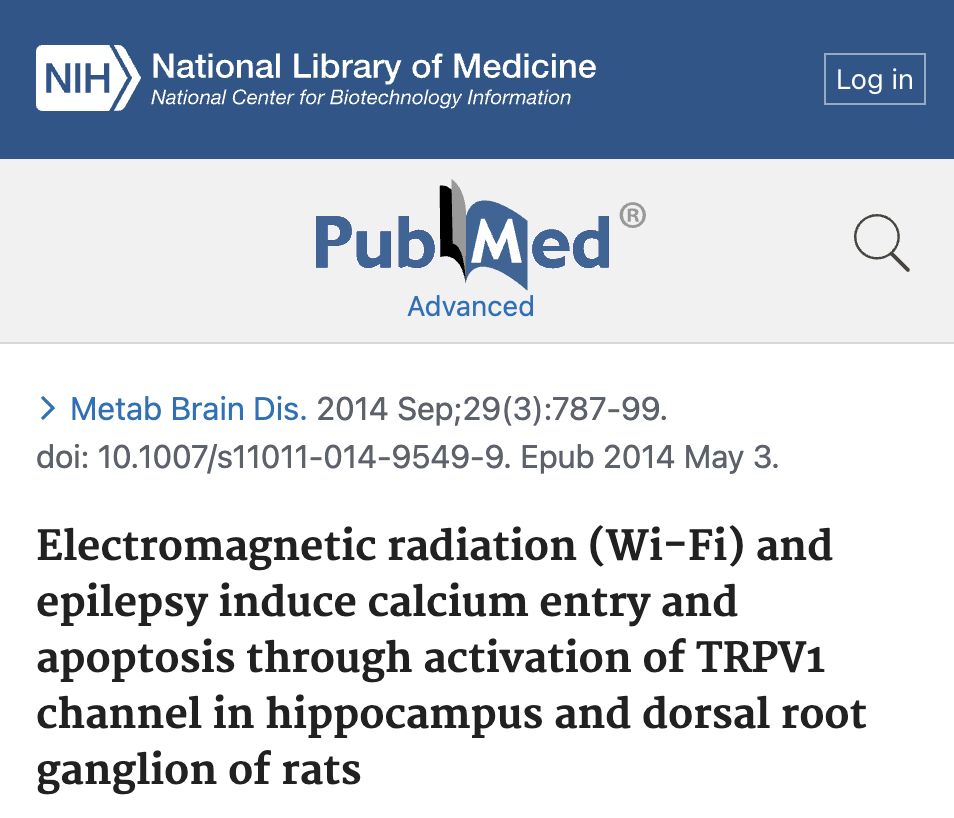
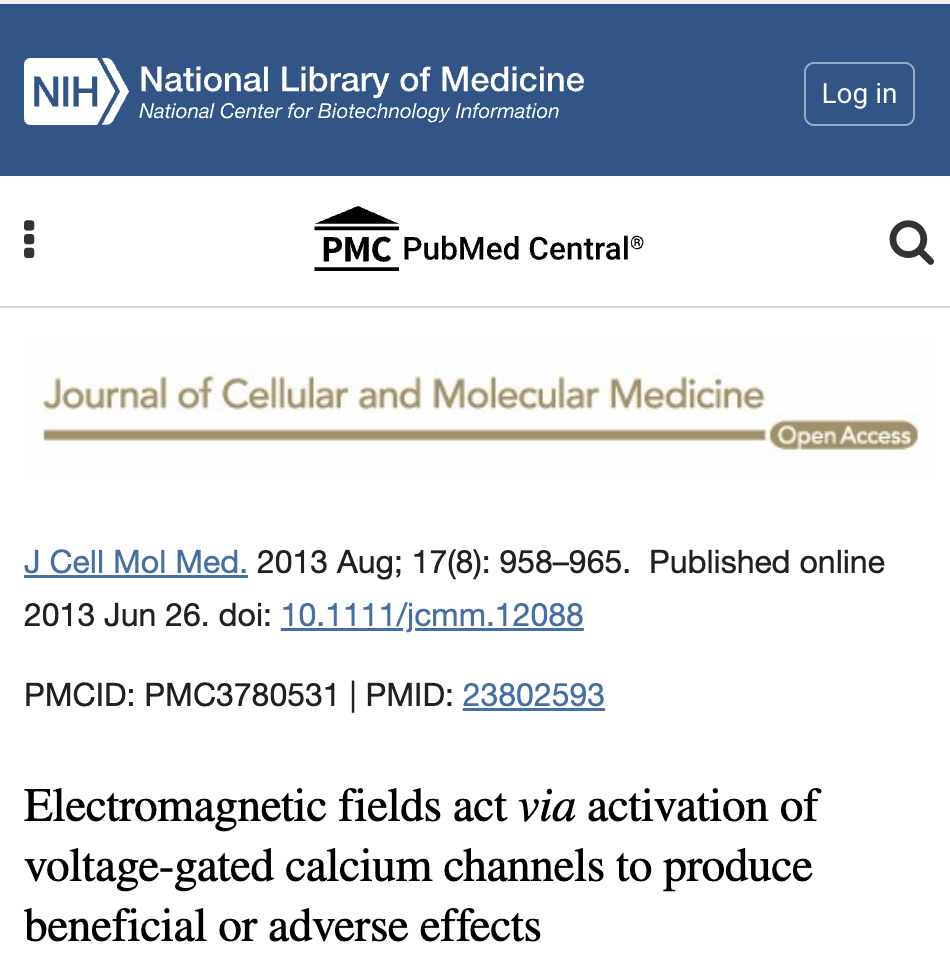
STUDY: “A well-studied example of such an apparent therapeutic response, EMF stimulation of bone growth, appears to work along this pathway. However, pathophysiological responses to EMFs may be as a result of nitric oxide-peroxynitrite-oxidative stress pathway of action. A single such well-documented example, EMF induction of DNA single-strand breaks in cells, as measured by alkaline comet assays, is reviewed here. Such single-strand breaks are known to be produced through the action of this pathway. Data on the mechanism of EMF induction of such breaks are limited; what data are available support this proposed mechanism. Other Ca2+-mediated regulatory changes, independent of nitric oxide, may also have roles. This article reviews, then, a substantially supported set of targets, VGCCs, whose stimulation produces non-thermal EMF responses by humans/higher animals with downstream effects involving Ca2+/calmodulin-dependent nitric oxide increases, which may explain therapeutic and pathophysiological effects.”
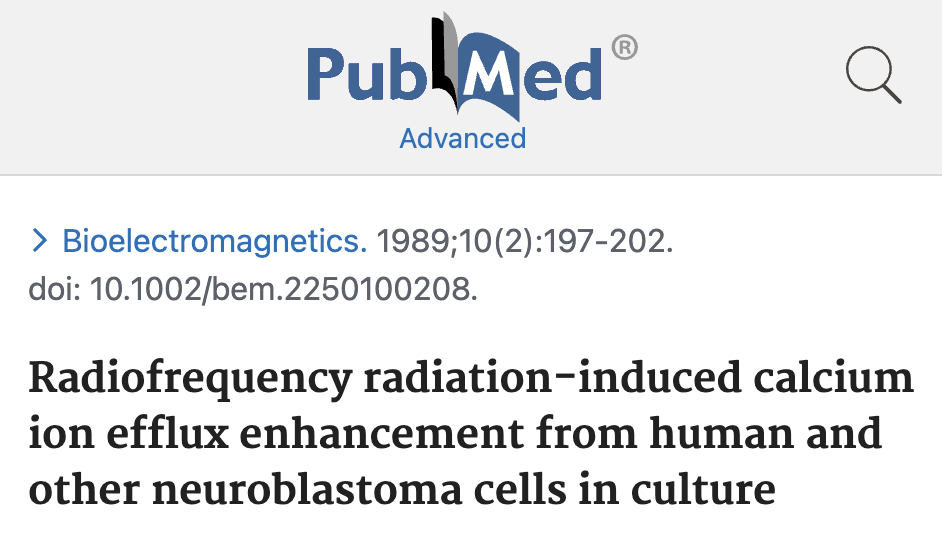
The Low-Hanging Fruit
Easy Steps to Reduce EMF Exposure
Your most straight-forward sources of EMF exposure could be in the home.
WIFI Router
Lower the power intensity by logging into your router’s access page. Google search: “how to find my router’s ip address” then use it to login. You might need to contact your internet provider to get access.
As you lower the WIFI’s power intensity, its performace bubble will shrink. Go too low, and you won’t have service on the other side of the house. Whether you like that or not, is up to you!
You can also turn off the entire router (set intensity to 0%), or turn off one of the channels.
Consider your router’s location: Try at least 20-30ft between the router and where you sleep or work.
Smart Phone
When you sleep, use airplane mode, leave it across the room, or leave in the bathroom.
Consider turning off WIFI and Bluetooth (in Settings) when not in use.
Computer
Wire your computer directly to the router via an ethernet cable, and turn computer’s WIFI off.
Turn computer’s Bluetooth off.
TV
It is possible to wire a smart TV with ethernet (I did it), but it’s usually not easy.
Smart Gadgets & Devices
Re-think smart gadgets. They may not be worth the risk. Includes: Smart watches, smart cameras, smart light bulbs, smart thermostats, smart appliances.

Your Progress — 45%
You can also access this page by purchasing:

